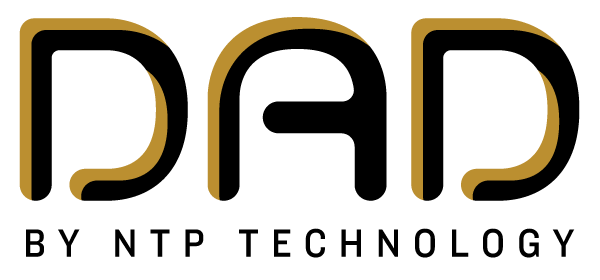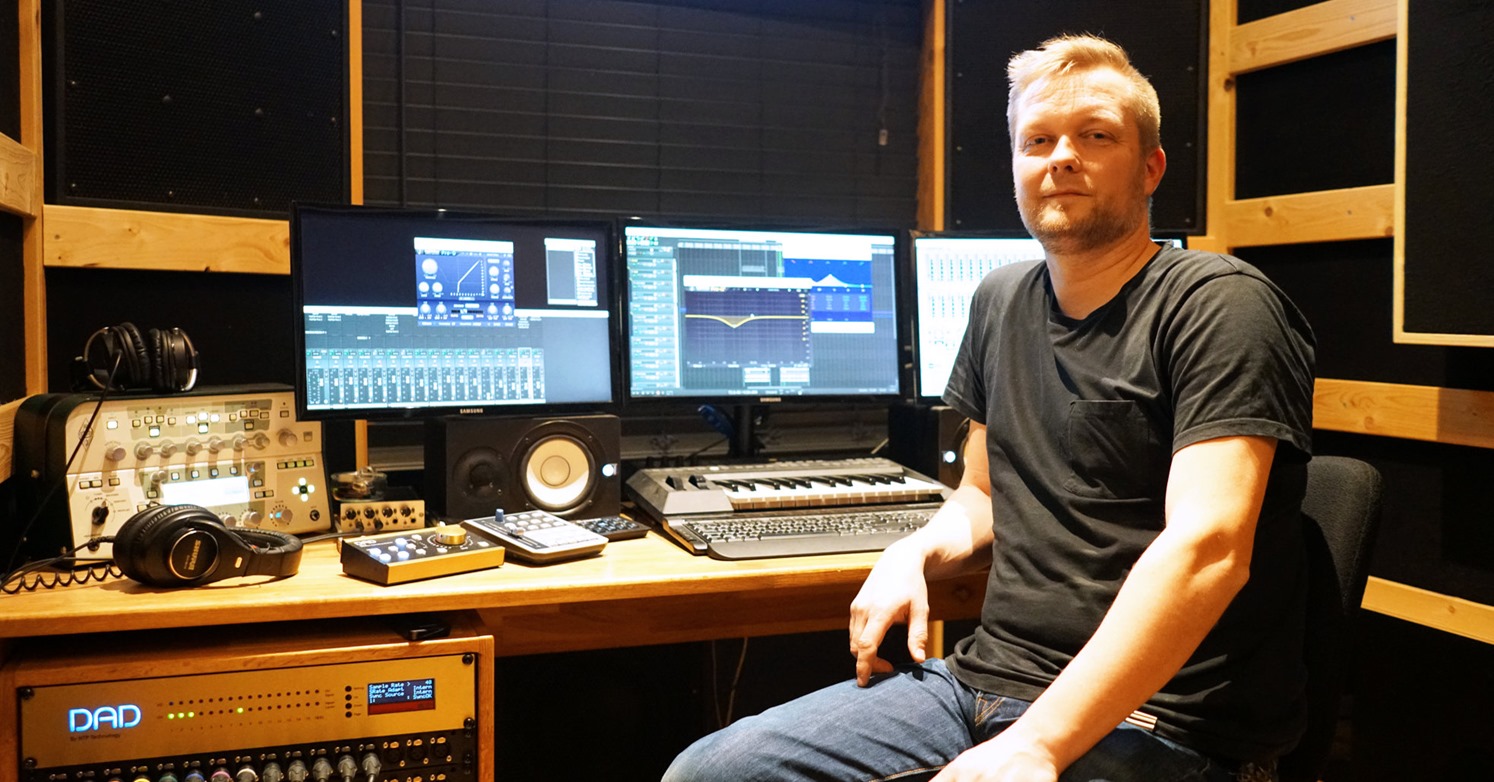
AX32 Does Double Duties at Blackburst Lydteknik
Frederik Rosenkjær graduated in Sound Engineering from the Rhythmic Music Conservatory in Copenhagen, which focused mainly on studio work, but today he actually puts most of his time into live sound. Common to both applications, though, is that he uses an AX32 as the audio interface, routing and conversion centerpiece.
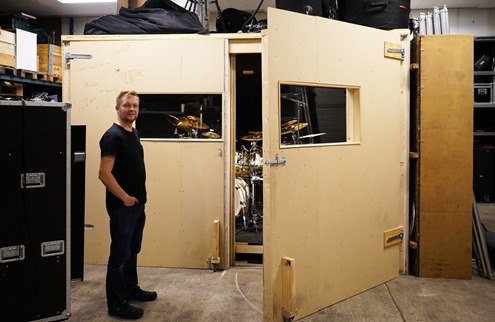
We met Frederik Rosenkjær at his base, which is a combined studio and warehouse facility, where his live sound rigs are stored. And that last part does take up a bit of space, so when the opportunity arose to buy a house with a warehouse in the back, he made the move from Copenhagen to Hillerød, which is some 40 kilometers north of the city.
“I guess for most people, that big building in the backyard would be a drawback and mostly be in the way, but for my needs, it was just perfect,” Frederik Rosenkjær says.
Inside the building, he then built a dedicated studio, as well as a pretty big drum box – it turns out that Frederik is a drummer and that he has an extremely well-equipped drum kit that needs a ‘pretty big box’!
Delightful Diversification
As is often the case, some degree of diversification in the work life is a good thing. To Frederik, there are pros and cons to both live and studio work and he enjoys doing both of these audio applications, but his split is currently in the favor for live sound by around 90%.
Within the live sound part, Frederik does venue concerts and outdoor festivals, but also has quite a bit of theatre and musical gigs, as well as TV productions. And on the studio side of things, he (obviously) captures bands, but also delivers content for film and commercials, which often includes both music and speech.
“While my sound engineering education was mostly about studio work, I do see some quite concrete upsides to mainly doing live sound gigs today,” Frederik explains.
“For instance, I do enjoy that a live sound session has a fixed timeframe. You know exactly when you’re done and unless there is also a multitrack recording session from that gig that needs post production, you’re done at the end of the night.
In the studio, artists’ creativity may peak late at night and a session that you had actually finished may appear at your doorstep again for remixing or retakes later down the line. But having said that, I still do love the studio sessions as well!”

Delightful Dante
Partly due to Frederik’s work in live sound, he was an early adopter of Audinate’s Dante IP audio protocol, and today both his live and studio rigs are completely networked.
At the heart of the system, he has an AX32 AD/DA converter and audio router equipped with 32 analog inputs with microphone preamps, 8 analog outputs for monitoring and an SPQ card that handles crossover points and room/speaker correction.
“The routing possibilities within the AX32 and DADman environment is super flexible – especially when everything is ‘Dantified’. It just provides an amazing overview, and the DADman gives me the flexibility to easily create a ‘sandbox’ area where I can try out all kinds of alternative setups.
I also love that I have total recall on everything and that there is minimal latency to and from any source on the network. The AX32 is indeed my centerpiece in any situation – live or in the studio.”
Also central to his Dante-based systems are Yamaha CL live consoles and a PCIe Dante interface to the computer in the studio, and speakers from Danley Sound Labs are also connected to the network in the studio as well as live. When recording live sessions where latency is no issue, he simply uses Audinate’s Dante Virtual Soundcard along with his AX32.

For headphone monitoring, Frederik uses Klang Technologies’ solutions, which includes several KLANG:vier headphone preamp and KLANG:fabrik units. In fact, he has recently recorded an entire big band where everyone received his or her own individual 3D headphone mix, connected to the Dante network.
The Klang system is also used for live productions, including concerts, theater and musicals, and for this purpose Frederik simply bought a bunch of pre-owned iPads that were fine for running the Klang app so that each musician would be able to create his or her own mix.
Reaping it up in the Studio
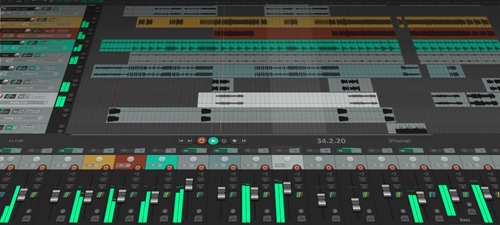
In the studio, Frederik decided to use the Reaper DAW: “I actually continued to use hard disc recorders well into the DAW era, but I knew all of the DAWs that were available at the time and eventually made the switch to Steinberg’s Nuendo.
However, when I came across Reaper there was just something that resonated really well with me. I think it was the simplicity. There is only one type of track and you can send audio between all tracks. I quickly realized that’s basically all I needed.
Also, Reaper is a 10 MB download or something like that, so I have often been in a situation away from my computer where I needed to quickly edit some audio files, and then Reaper is literally minutes away from download to installation on any computer and being up and running.”
Leave MOM in Control
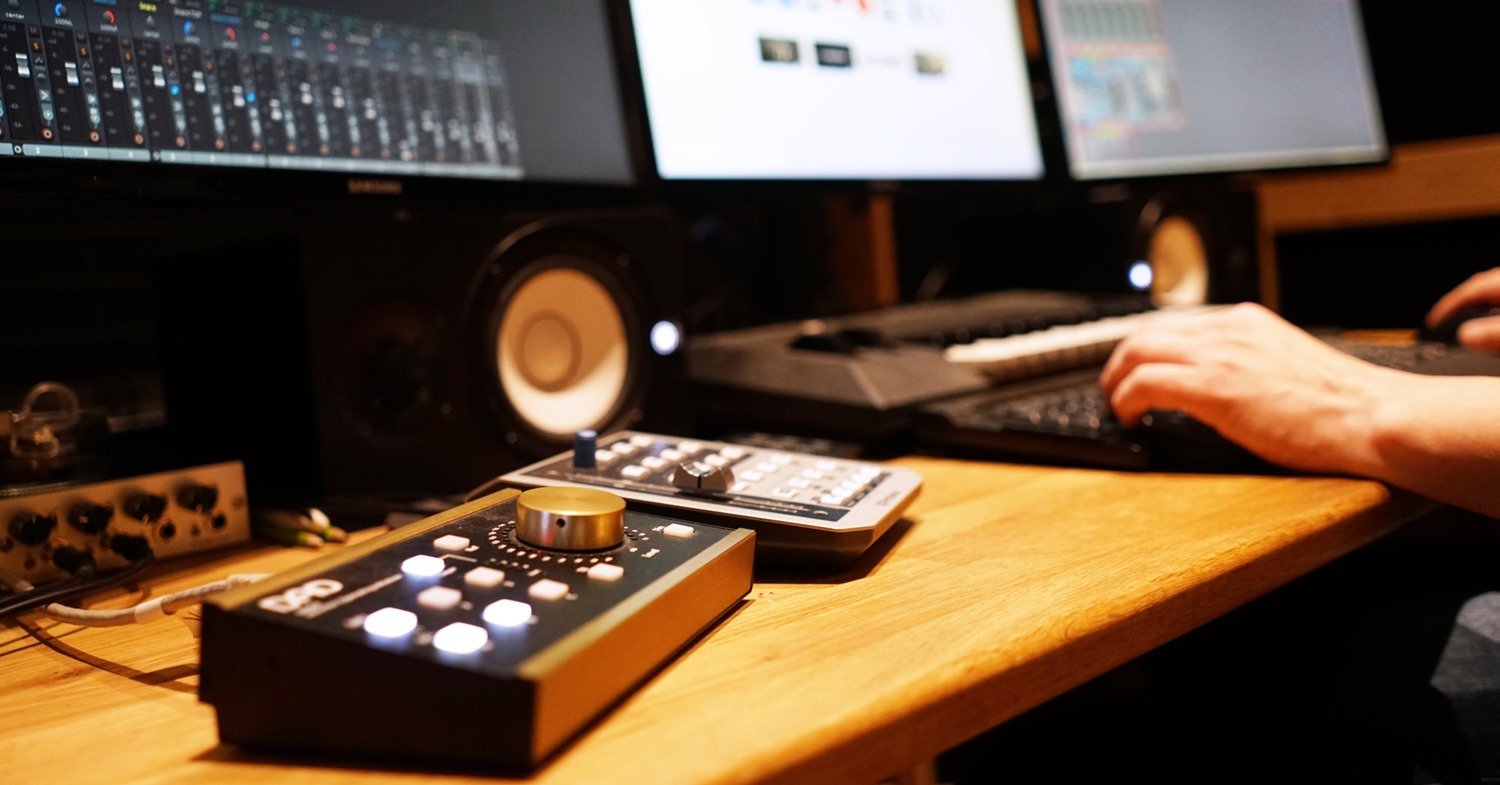
A MOM Monitor Operating Module is also key to Frederik’s workflow in the studio. “It’s just very nice to have a tactile control surface at your disposal in order to operate the typical monitor tasks. I mainly use it for three things. First, I switch between two different speaker sets and headphones, and secondly I select various sources such as Reaper, a Cue Send and Windows audio for reference comparisons.
Finally, I use the talkback function a lot and just love its ability to automatically detect whether it should use latching mode or not. If I click and release quickly, the talkback remains on until I click it again, but if I hold down the Talkback key it also remains on, but turns off when I let go again. It’s a small thing, but one of those features that just helps keeping a smooth workflow all the time, as I don’t have to worry – or even think – about it.”
MIDI-fied Grand Piano
As mentioned, Frederik is a drummer first, but also plays guitar, bass and piano. Further, he has a great working relationship with the local Yamaha branch, and most of the instruments in the studio are Yamaha gear, including a bass, several guitars, the massive drum kit, of course, and not least an acoustic grand piano that has been squeezed into the rectangular studio control room.

Now, the grand piano is equipped with motorized keys and MIDI capability. But why was that important? “Well, when I decided it was time to get a real grand piano in the studio, the additional cost of getting the version with MIDI was not that much and I saw a few immediate benefits of having that possibility. So, when I track piano I always record both the audio signal as well as a MIDI signal.
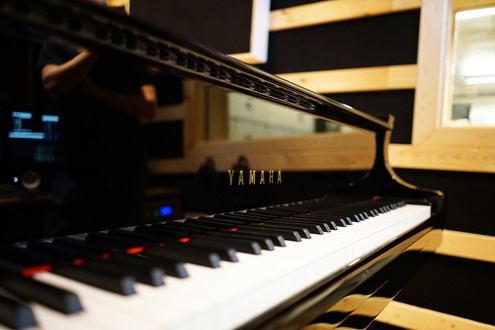
For instance, I can record with a certain selection of microphones, but if I miss something or want to go in a different direction during the mixing session, I can easily try out the piano part with different – or additional – mics, playing back the MIDI track to the piano. It’s like re-amping a guitar or bass track, but with an acoustic grand piano.
I also had a band in the studio once where the lead singer was also playing piano, and he was used to – and therefore most comfortable with – playing and singing at the same time.
It’s impossible to completely eliminate bleed between the vocal mic and the piano mics in that situation, but with the possibility to re-record the piano part without the vocals, I eliminated bleed from the vocal to the piano, so I would only have a bit of bleed from the piano to the vocal mic, which was a lot easier to cope with afterwards in the mix.”
Over, Out and into the Future
We had a great time visiting Blackburst Lydteknik and found it very exciting to learn more about how Frederik managed to implement AoIP with equal success for both live and studio applications. As we touched upon already, Frederik’s big stake in live sound probably led to him not being afraid of going all in on Dante IP Audio in the studio as well.

He is a first-mover in that regard, anticipating the future rather than postponing it. In fact, he even kept an eye toward potential future needs when building the studio in the first place, as he installed an Ethernet line between the studio / warehouse and to the main house where he lives with his family.
It runs 20-something meters underground and it opens the ability to set up an alternative recording space with different acoustics in the house. Further, they also have a small pianette in the living room with a very different sound than the grand piano, which may be suitable for certain effects or musical genres.
Yes, we definitely love it when no options are ruled out beforehand and that you always try to keep in mind what needs you may have next year – or next decade. In fact, that is the exact same approach we take every day when developing solutions for live sound, studios, post production and broadcast audio.
Learn More About Blackburst Lydteknik…
Learn More About AX32…
Learn More About MOM…
